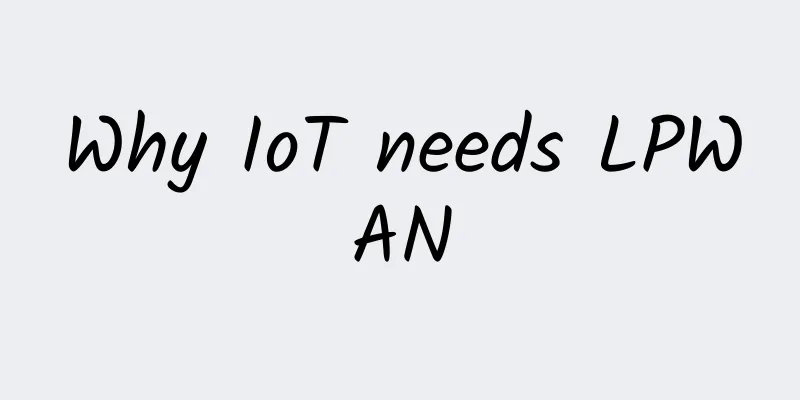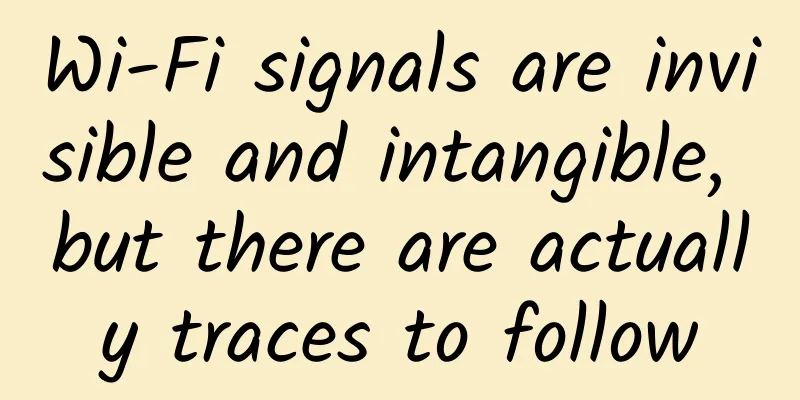Why IoT needs LPWAN

|
LPWAN deployment for IoT devices aims to provide long-range connectivity. It enables low power consumption for smart IoT devices. LPWAN stands for Low Power Wide Area Network. The technology emerged in 2013 as a wireless connectivity technology that suits the needs of machine-to-machine communication and IoT devices. However, the technology started gaining traction around 2015 when the GSMA wireless industry association developed a set of standards to help network providers and operators meet their specific cost requirements for power consumption, network coverage, and IoT devices. These standards include LTE-M and NB-IoT. The standards are designed to increase connectivity options for IoT devices with low bandwidth and low latency. LPWAN has become a connectivity option for most IoT devices and its adoption in the IoT space is increasing. LPWAN technology has tremendous advantages over traditional connectivity options, some of which are discussed below.
Wide area coverage LPWAN supports communication between IoT devices within a range of 3-20 kilometers. In smart cities, data can be transmitted over long distances via low-power LPWAN. Low power consumption The data transmitted by an IoT device affects the power consumption of the device. One of the main benefits of using LPWAN is low power consumption. Using LPWAN, IoT devices can automatically go into sleep mode when not in use. This helps save power as the device consumes very little power when not in use. Due to the low power requirements and low usage, one can expect the battery of these IoT devices using LPWAN to last 5-10 years. Reduce costs The use of LPWAN helps reduce the costs associated with IoT devices. Due to the low power requirements, IoT devices can run on low-cost batteries, which reduces the cost of IoT devices. The batteries can also last for 5 to 10 years, which reduces the maintenance costs of these devices. In addition, only a small number of gateways are required to transmit data over LPWAN, which will lead to a reduction in infrastructure costs. For example, despite the high density of buildings in Amsterdam, there are only 24 gateways in the entire city. LPWAN is expected to become an integral part of IoT connectivity standards. The question now is which LPWAN technology to use. There is no clear answer to this, but before deciding which technology to use, you can consider factors such as the amount of data transmitted, the degree of autonomy required, and the location of the IoT devices. |
>>: 5G is not about mobile phones, but about the Internet of Things.
Recommend
China Mobile's July data shows sharp decline in users is still accelerating
Recently, China Mobile released its operating dat...
Lenovo Debuts at Microsoft IoT Conference, Driving Business Intelligence Innovation with Smart IoT Devices
On December 3, the highly anticipated 2019 Micros...
[New Year's Day] DogYun Elastic Cloud 30% off/Classic Cloud 20% off 16 yuan/month, top up 100 yuan and get 10 yuan free, independent server 200 yuan/month
DogYun (狗云) has launched a promotional event duri...
HTTP, TCP, IP, and Ethernet in one article
This article is reprinted from the WeChat public ...
5G acceleration is inseparable from the coordination of software and hardware and industrial integration.
Faced with the sudden outbreak of the COVID-19 pa...
9 killer apps for edge computing
Edge computing provides a new paradigm for runnin...
Custom Traefik (local) plugins
[[442556]] Traefik has implemented a lot of middl...
The pain of 5G mobile phone "weight loss": What is the difficulty in lightweight design?
"The return of thin and light design is part...
SD-WAN and Operations
Software-defined WAN or SD-WAN is a great example...
The Evolution of Ethernet: From 10BASE-T to 40GBASE-T and Beyond
The Evolution of Ethernet: From 10BASE-T to 40GBA...
The first commercial 5G mobile network in the United States is here! Verizon, a US telecom operator, enters the market
U.S. telecom operator Verizon announced on Wednes...
Network cabling management issues in data center transformation and upgrading
Cabling is an important part of the internal netw...
[Christmas] ColoCrossing 35% off: $2.57/month-1GB/25G SSD/20TB@1Gbps/Los Angeles & New York Data Center
I just shared the news of ColoCrossing's 25% ...
From theory to practice: the wide application of MUX VLAN in the network
Background of MUX VLAN MUX VLAN (Multiplex VLAN) ...
China Mobile's TD-SCDMA network withdrawal begins: Fujian has taken the lead
[[259267]] Recently, the Fuzhou Radio Management ...







![[6.18] TmhHost 30% off on all VPS, Japan/Hong Kong/Los Angeles CN2 GIA/AS9929 monthly payment starting from 21 yuan](/upload/images/67cabea213fd6.webp)

